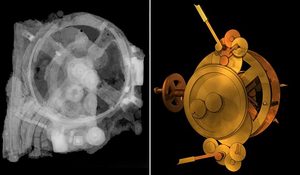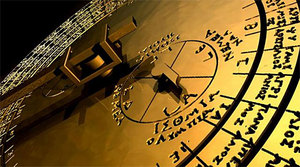
|
| ©Unknown
|
| Barred Galaxy NGC 1300
|
New generations of small spiral galaxies are three times as likely to sport a central bar of stars as their counterparts seven billion years ago, a census of more than 2,000 galaxies shows.
The finding indicates that the galaxies, which are believed to build up over time by merging with other galaxies, are still evolving in form as the universe ages, said Kartik Sheth at the California Institute of Technology in Pasadena.
Spiral galaxies were around in the universe's early days, but only about 20 percent of them had the bar-shaped cores so prevalent in newer galaxies. Sheth's team found that spiral galaxies younger than about seven billion years -- roughly half the age of the universe -- were three times as likely as older generations to have bars.
The structures, which are found in two-thirds of all spiral galaxies including our own Milky Way, form when the orbits of stars in the disk become unstable and drift from circular paths.
"It turns out that stars prefer to be in these bar orbits," Sheth told
Discovery News. "It's a lower-energy state."










